
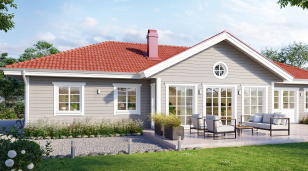
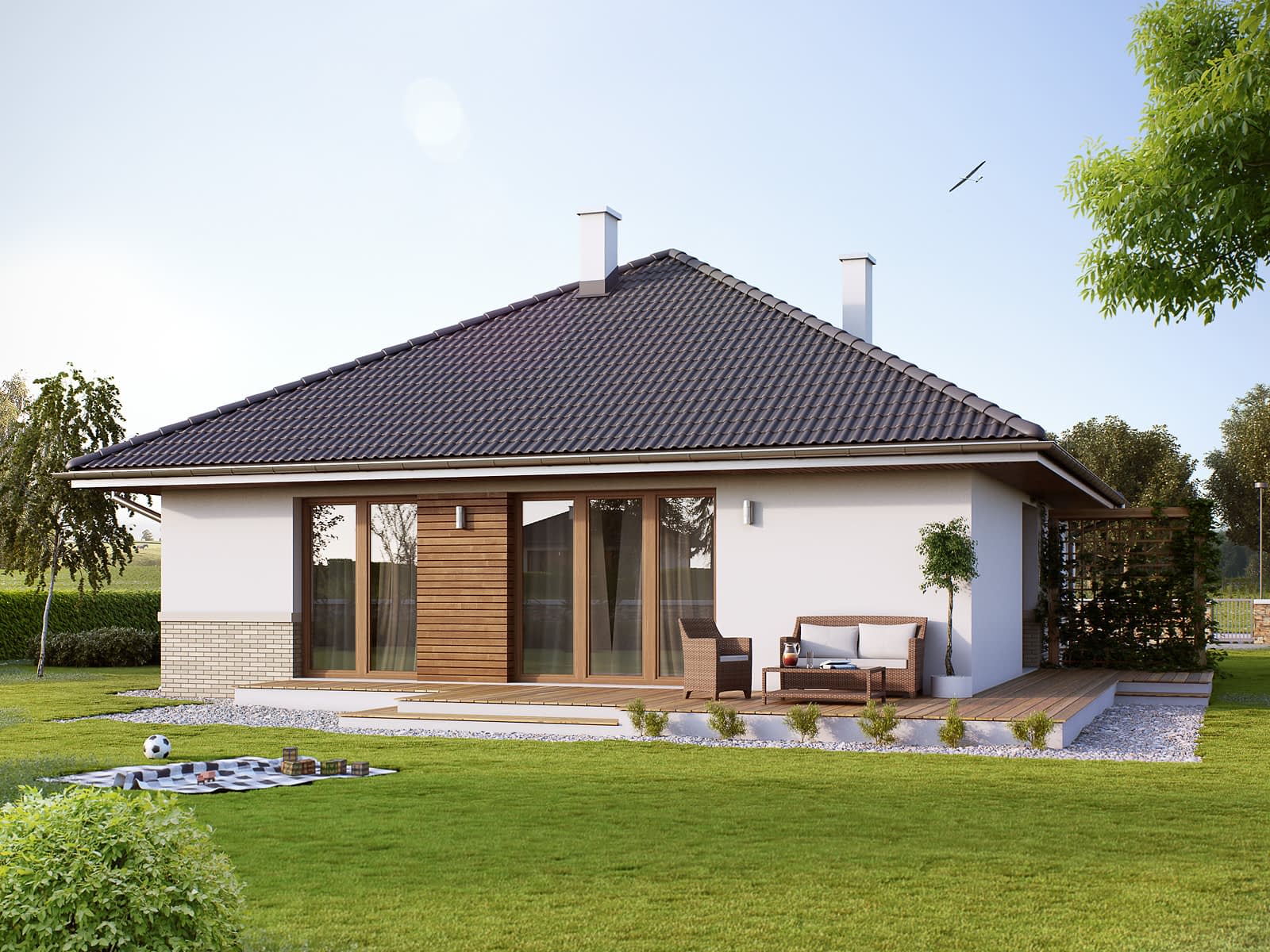

A link to download your FREE brochure will be in your inbox in 3 minutes




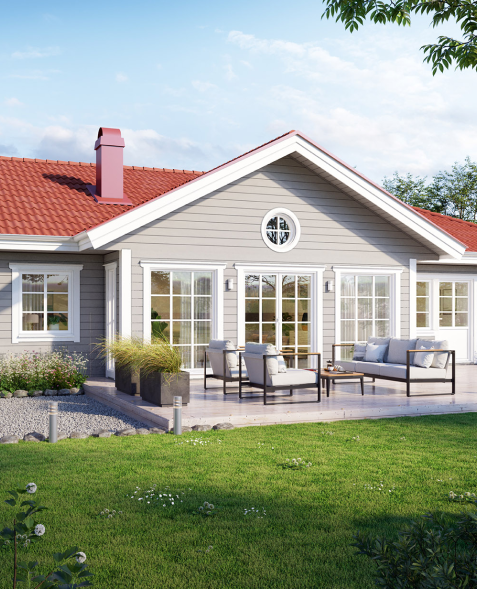
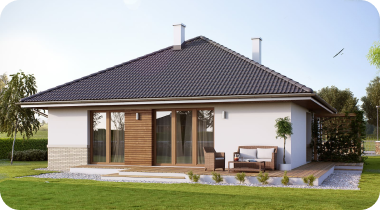

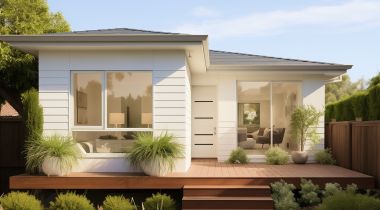





The final price may vary based on project specifics.
To get a free accurate quote tailored to your needs, book a consultation with us today!

The price per square foot provided is an average and may vary depending on project-specific details such as materials, location, complexity, and other factors. Actual costs may differ from the average provided.
It is recommended to obtain a detailed quote based on the specific requirements of your project.

Please note that the monthly payment displayed on this page is an estimate and is subject to variation based on the selected loan product, applicants credit score, loan amount, and other financial details. Actual monthly payment may differ from the estimate provided.
It is recommended to seek advice from a financial advisor or loan officer to obtain precise payment information tailored to individual circumstances.
Sustainability is getting increasing attention for many house owners who are seeking to construct an accessory dwelling unit (ADU). Once in a while, contractors encounter customers who are inquisitive about incorporating sustainable layouts into dwelling units.
One of the main sustainable layout practices that homeowners wish to implement is greywater. This structure provides eco-friendly water recycling for various purposes. While incorporating a greywater system requires time and additional costs, a few customers implement this design according to their expenses.
Without a doubt, a sustainable layout requires an impressive list of tasks. Here are some of the most important sustainable layout issues we should not neglect while designing ADUs:
Picking the right place for a construction project – even if it is just a small ADU – is the crucial point that should be examined carefully from the very beginning. Each project has a distinctive scenario, and more often, customers keep in mind a particular place where they would like to construct an ADU. If the area is relatively large, there is a greater possibility for energy-efficient layouts. Surely, the location has a huge influence on whether the ADU will be efficient in terms of its power resources.
Reducing energy usage in an ADU is vital for numerous reasons other than the apparent environmental benefits. First of all, it allows you to save on utilities. This is a particularly useful practice for those homeowners who rent out ADU and receive income from it. Also, ADU, which are built according to the concept of energy-saving design, is more convenient to live in. In such buildings, it is way easier to control the temperature and light, which positively affects the quality of life.
In order to assess the sustainability of materials used in construction, there is a universal standard named “LEED certification.” It provides builders with recommendations for designing energy-efficient buildings. Projects can be completely different both in terms of design and cost.
The water supply process directly depends on the complexity of construction work and your budget. Work primarily includes wastewater treatment, installation of rainwater tanks, and bio-treatment systems.
Many homeowners underestimate the quality of interior decoration and neglect it, while it is extremely important to ensure decent ventilation in the house. For such purposes, efficient devices are usually implemented, and the temperature inside the building is controlled by high-quality ventilation. To keep the air in the house clean, it is important to choose non-allergic paints for walls and floors. Pay attention to energy-saving lamps and eco-friendly floor coverings, for example, made of bamboo and cork.
Such a concept implies the availability of additional areas for wheelchair access. In such cases, builders can install additional handrails. One of the nuances of this design is that it is necessary to organize additional space.
One of the most popular trends in the building industry is the construction of a completely autonomous ADU that functions on solar energy. The convenience lies in the fact that residents no longer depend on central heating and water supply and can manage everything independently. Perhaps the only difficulty lies in the fact that such a lifestyle requires a high level of income, as well as the fact that the homeowners depend on unpredictable natural conditions.
There are necessary parameters that need to be taken into account while building an ADU in an eco-friendly style. Of course, before starting the construction process, it is important to assess the risks and take into account all the details, without which it is impossible to achieve a comfortable standard of living in accordance with your ideas about a perfect house.
Here are some of the architectural innovations that make the ADU design more environmentally friendly:
In general, despite the additional costs and time, the sustainable design of ADU is a great way to contribute to the prosperity of mankind and the state of the environment. Our team provides high-quality ADU design services and finds an individual approach to each client.
A+ Construction & Remodeling, known for ADU construction in Sacramento area – read more about here – https://aplusconstructionremodeling.com/adu-builders/, offers homeowners a unique blend of design and functionality. Our designs reflect modern trends while maintaining a timeless appeal, ensuring that your ADU adds value to your property for years to come. As your trusted ADU builder, we work closely with you to understand your needs and preferences, resulting in an ADU that is not only functional but also a reflection of your personal style. At A+ Construction & Remodeling, we go the extra mile to ensure that your ADU construction experience is stress-free and enjoyable, with results that surpass your expectations.